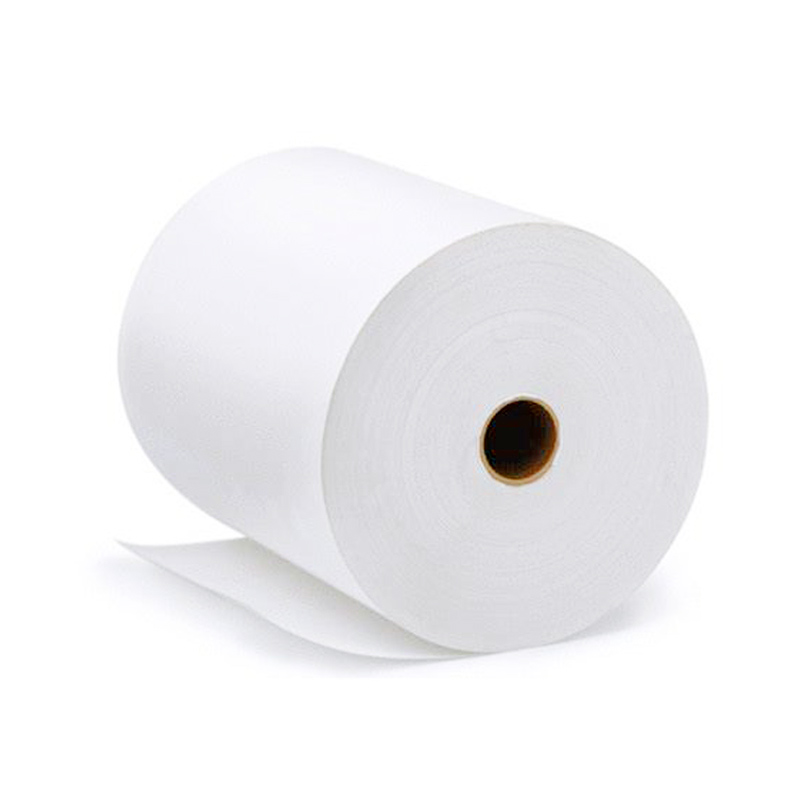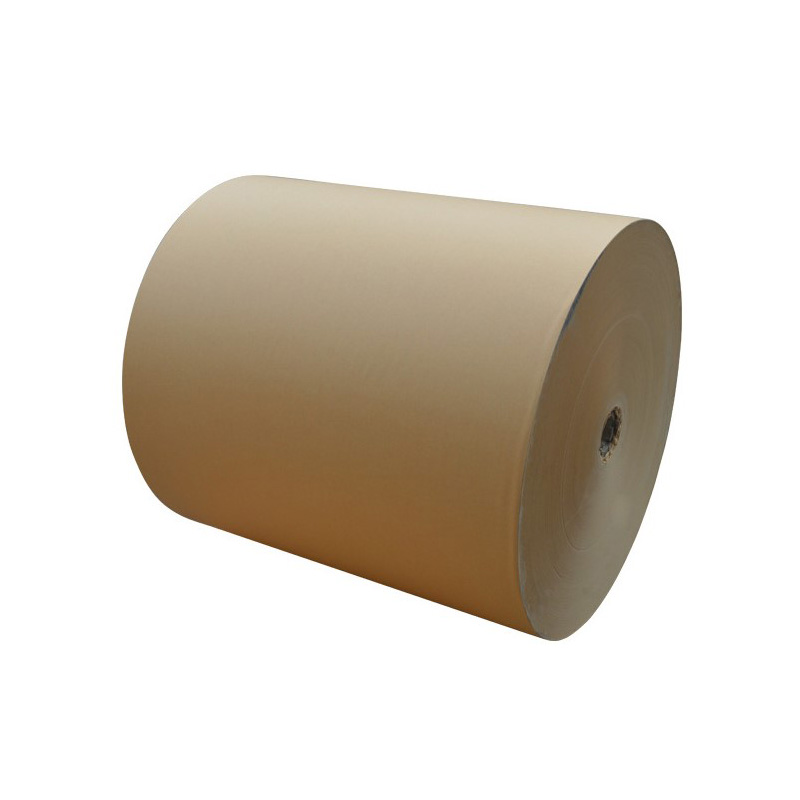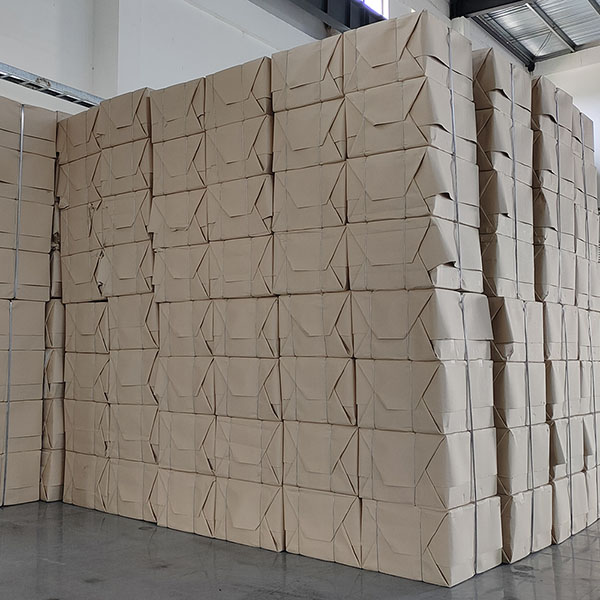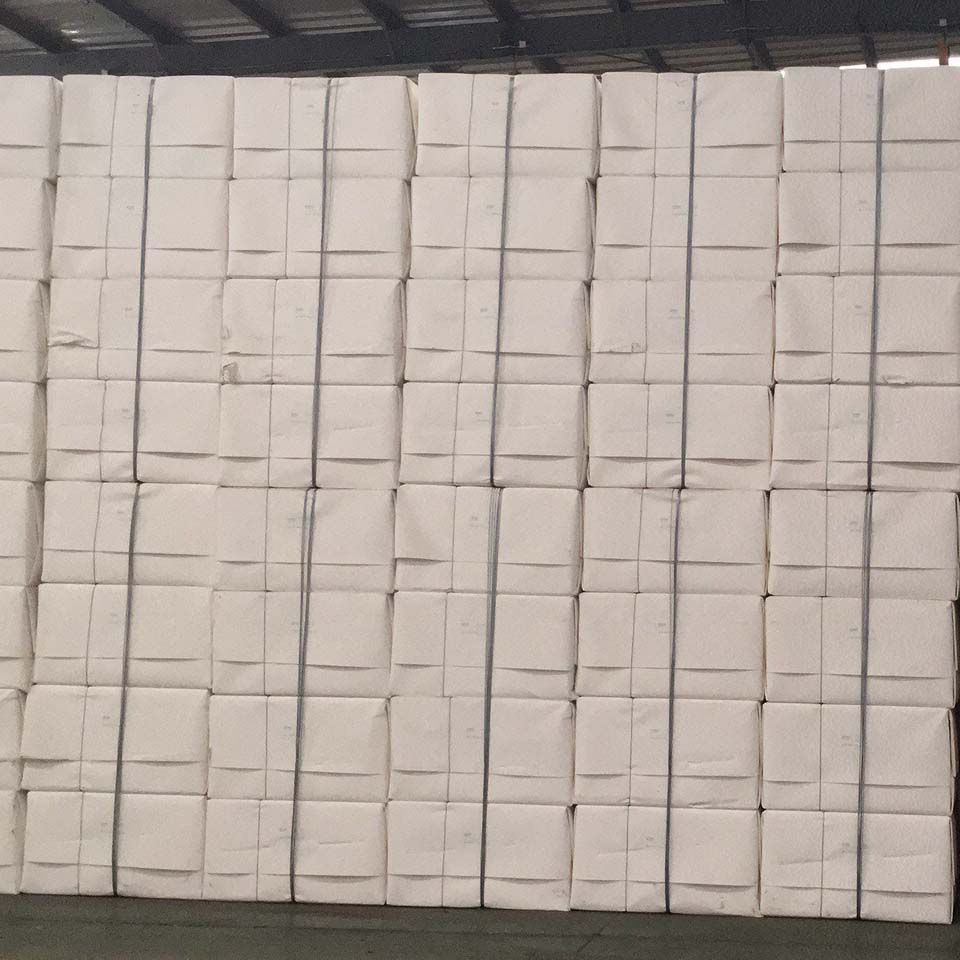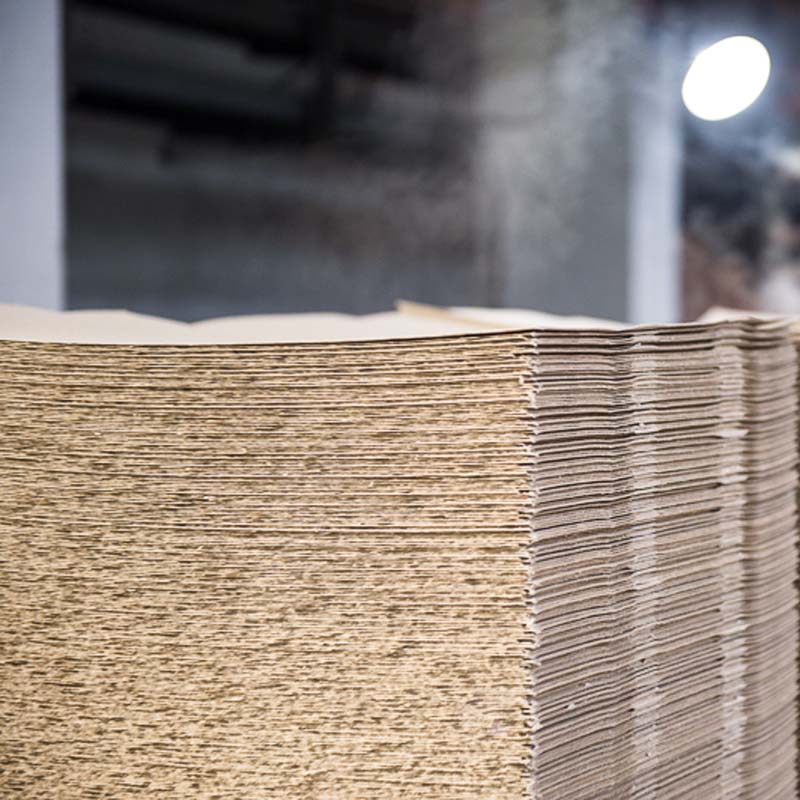
- Jiangdong Str., Yiwu, Zhejiang, China.
- [email protected]
- +8615680886387
Sugarcane bagasse pulp price unbleached bagasse pulp sheet uses

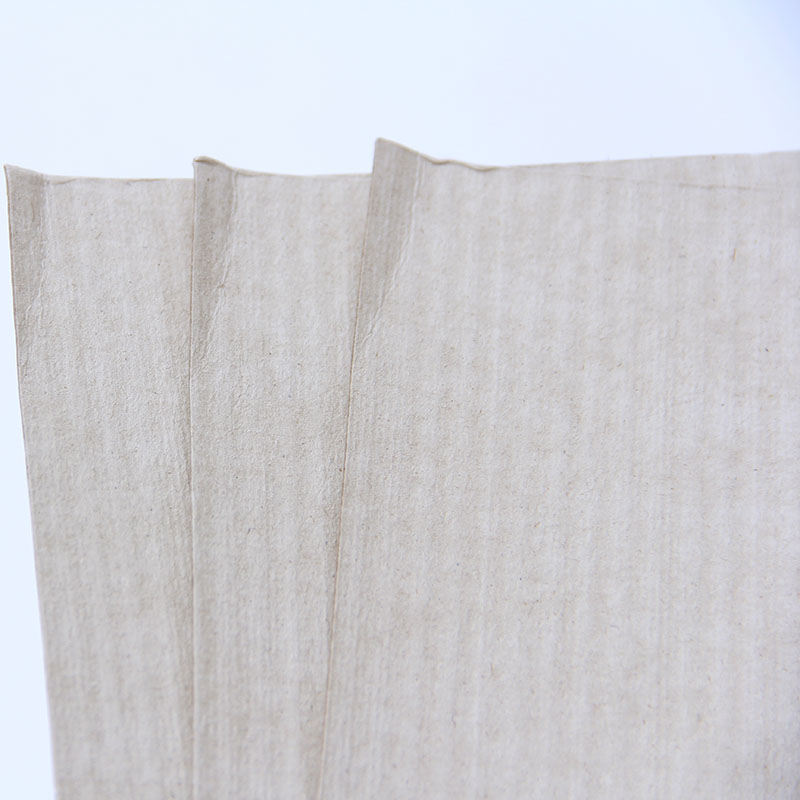
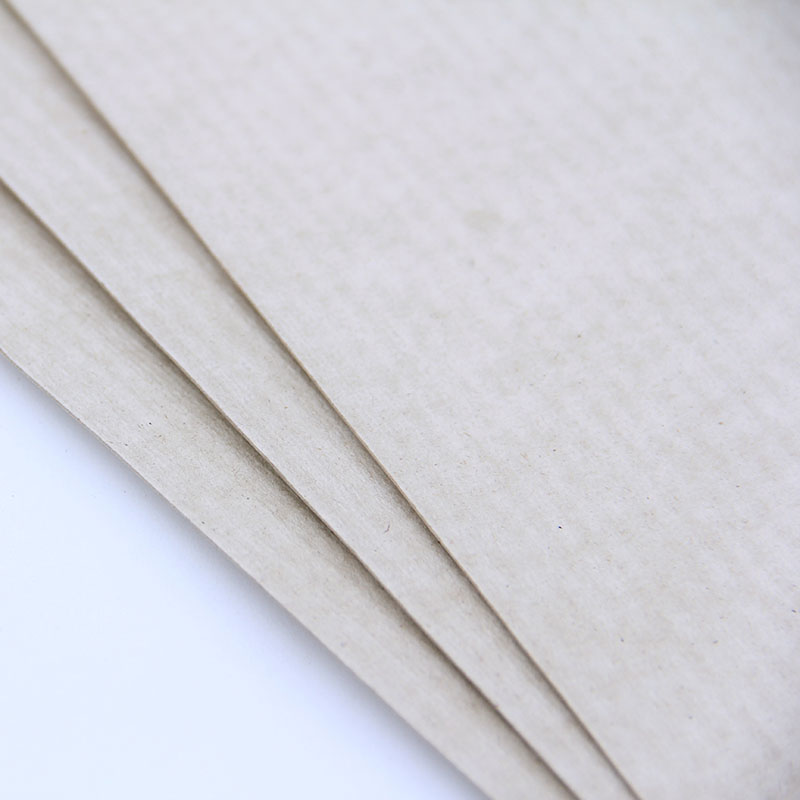
Unbleached bagasse pulp is a type of pulp made from bagasse, which is the fibrous residue left behind after sugarcane or other similar plants are crushed to extract their juice. Bagasse is a byproduct of sugar production, and it has been increasingly utilized as a raw material for papermaking and other applications to reduce waste and environmental impact.
It is processed from bagasse fibers without undergoing a bleaching process and retains its natural color, which is typically a light brown or beige hue.
This type of pulp is often used in the production of environmentally friendly paper products because it reduces the need for chemical bleaching agents, thereby lowering the environmental footprint of the papermaking process. Unbleached bagasse sugarcane pulp is biodegradable and can contribute to sustainable practices in the paper industry.
Properties | Unit | Value |
Drainability | oSR | ≦22 |
Brightness | % | 45±3 |
Dirt count (0.3-5.0mm2) | piece/m2 | ≦40 |
Dirt count (≧5.0mm2) | piece/m2 | None |
Tensile index | N.m/g | ≧45 |
Burst Index | KPa·m2g | ≧4.0 |
Tear index | mN·m2g | ≧4.5 |
Viscosity | cm3/g | ≧550 |
Moisture | % | 14±2 |
Fiber wet weight | g | ≧1.7 |
PH | ≦8.0 |
Bale size: 700*800*600 mm/bale
Air dry weight: 250 kg/bale
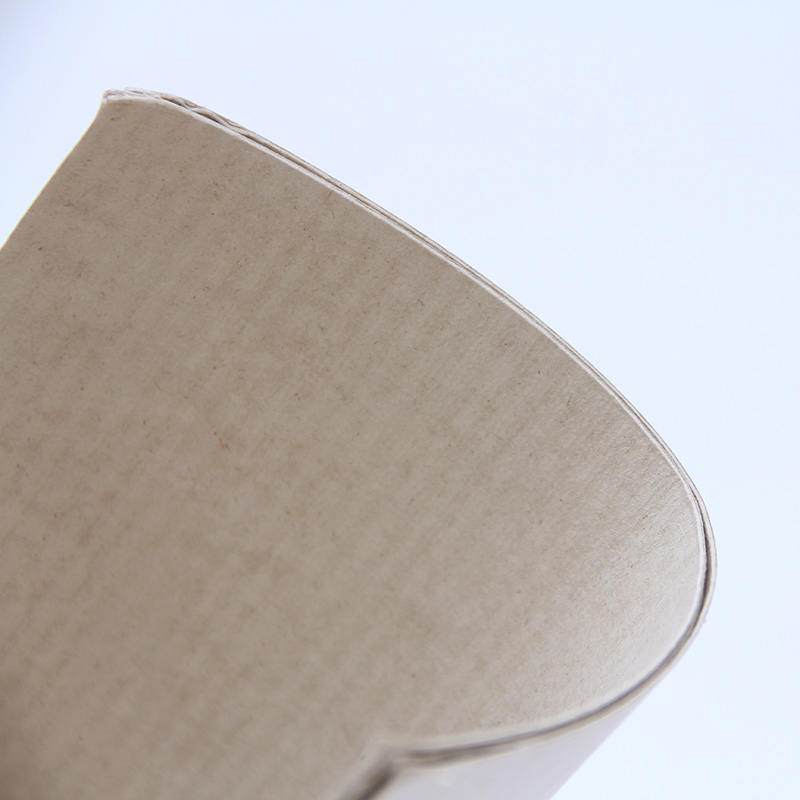
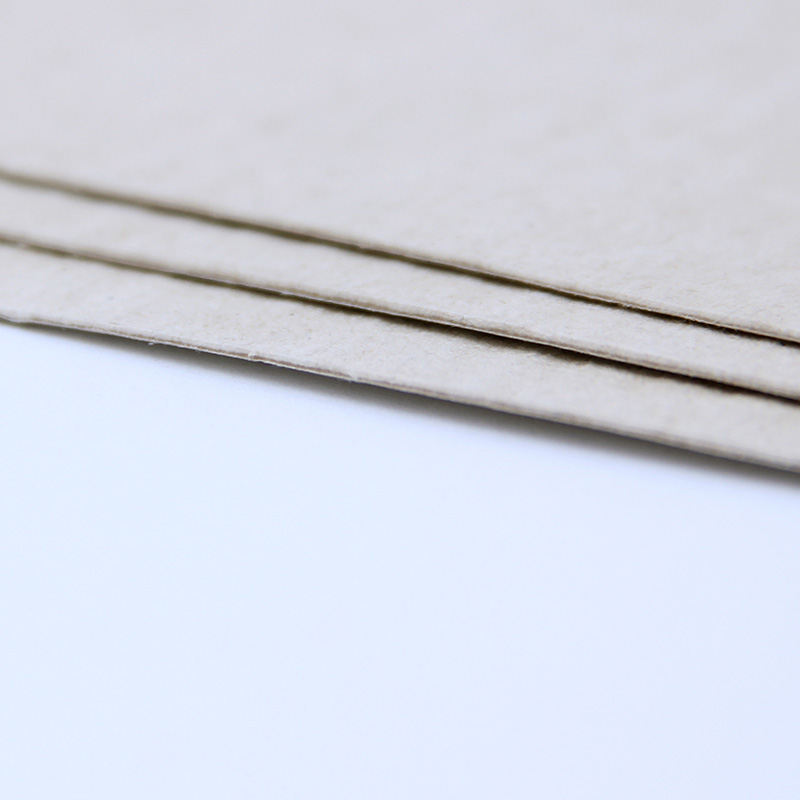

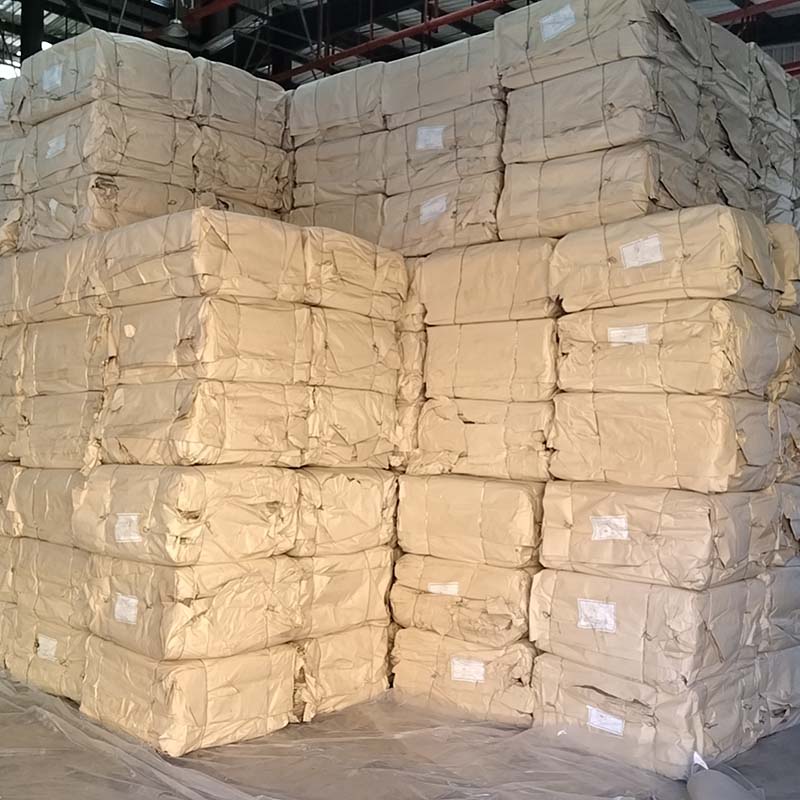
What are the factors of sugarcane bagasse pulp price?
The sugarcane bagasse pulp price is influenced by various factors:
1. Raw Material Supply:
– Sugarcane Cultivation and Harvest: The main raw material for bagasse pulp is sugarcane bagasse. The supply of bagasse is affected by the acreage of sugarcane cultivation, climate conditions, pests and diseases, and harvest yields.
– Sugar Mill Production: The efficiency and output of sugar mills also impact the supply of bagasse, as it is a byproduct of sugar production.
2. Production Costs: This includes energy costs, labor costs, and the costs of chemicals and additives.
3. Market Demand:
– Demand Changes: Bagasse pulp is primarily used to produce eco-friendly paper products and disposable tableware. Changes in market demand for these products directly affect the price of bagasse pulp. For example, increasing environmental awareness may boost demand for bagasse pulp products, thus driving up prices.
– Competing Products: The market performance of other eco-friendly materials (such as bamboo pulp and straw pulp) can also affect the demand and price of bagasse pulp.
4. Environmental and Policy Factors:
– Environmental Regulations: Strict environmental regulations may increase production costs, such as through emission standards and wastewater treatment requirements, which can affect the sugarcane bagasse pulp price.
– Policy Support: Government subsidies and support policies for eco-friendly materials can also influence the price of bagasse pulp. For example, tax incentives for renewable materials may lower production costs, thus impacting market prices.
5. Market Expectations and Speculative Behavior:
– Market Expectations: Expectations about future supply and demand can affect current prices. If the market expects demand to increase in the future, prices may rise.
– Speculative Behavior: Speculative behavior in the market can also lead to short-term fluctuations in the price of bagasse pulp.
In summary, sugarcane bagasse pulp price is influenced by a combination of factors, and the changes and interactions of these factors determine market price fluctuations.
Welcome to contact us to get the latest sugarcane bagasse pulp price.
More products
Yiwu Jinrui is a professional supplier in the paper industry established in 2000, from paper raw materials bamboo pulp, bagasse pulp, wood pulp to various base papers.
© 2024 Yiwu Jinrui, All Rights Reserved.

